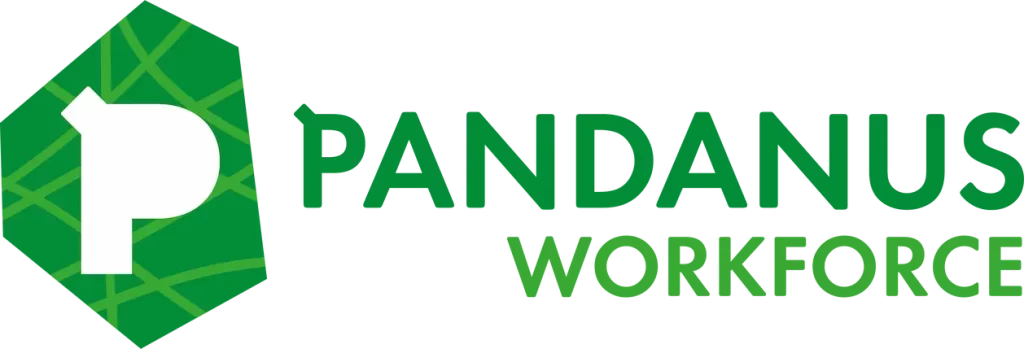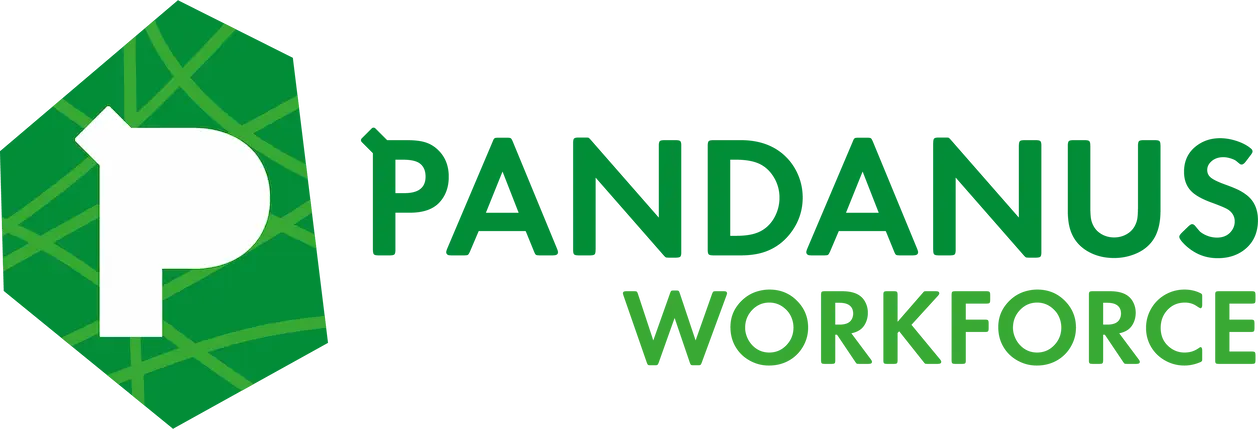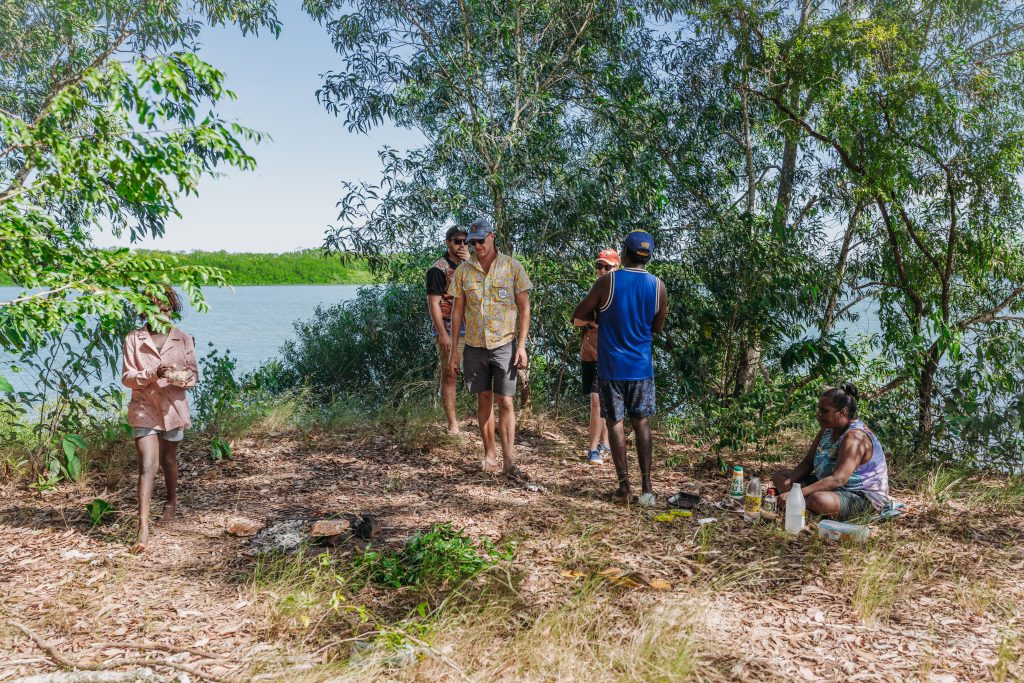As the general resources industry looks to decrease spending in line with the downward trend in commodity prices and the ever present ‘redundancy’ or restructuring takes place, I am left wondering what if?
What if the wider business community took a pro-active view on ‘localised’ Aboriginal and Torres Strait Islander Employment and Workforce development?
What if, we saw a dramatic increase in both employment and Indigenous business engagement within specific project or mining lease areas by Traditional owner groups, would we still have the downward trend in the resources sector?
Well, I firmly believe if localised Aboriginal and Torres Strait Islander (ATSI) employment and workforce development is done correctly and pro-active engagement all levels is reached, the key to unlocking positive return on investment or a decrease in cost-of-production is a mere formality and the resources sector would still be as lucrative to investors as it was 3 years ago?
Unfortunately, in my experience the appetite or engagement for localised Indigenous employment is minimal at best, especially within a soft employment market and in-turn the majority of Indigenous communities within resource rich areas are left behind as the pressure to produce gains momentum.
Aboriginal communities such as Woorabinda, which lies on the edge of the Bowen Basin in central Queensland and averaging well over 70% unemployment could see the flow on effects of pro-active and strategic local Indigenous employment and workforce development strategies, developed in conjunction with surrounding resource rich projects; whilst developing a BIBO type approach to workforce engagement.
I have not only had the pleasure in engaged with local Traditional owners and other community stakeholders on a holistic level, but I have been witness to well over 30% local Indigenous employment across many works packages.
As I hear the ever-present questions, including the how do you? And the, why do you? I am continually asking, Why not?
Why not? It makes not only commercial and economic sense but it ticks all those critical boxes including native title, ILUA compliance and Traditional Owner engagement!
Resource and construction companies that not only embrace, but increase engagement within local Indigenous communities play witness to a distinct improvement across all employment areas, including retention, training and development and diversity.
Those companies that embrace innovation and change the way they engage Indigenous employees throughout the HR life-cycle can drastically see a decrease in the cost-of-production as FIFO costs such as flights, accommodation and other unrelated costs are reduced. Other such benefits include a reduction in presentism and furthermore attrition, as it is well documented a workforce that is ‘Indigenous’ to the project area are more engaged and invested.
Project cost such as employee based mobilisation and accommodation costs, that are redirected towards pro-active strategies to increase local Indigenous employment and workforce development can drastically improve engagement and retention, in line with the nature of a localised ‘Indigenous’ workforce within the project landscape whilst decreasing dependency on welfare and creating socioeconomic growth long after practical completion.
In my opinion, the only way to create true Indigenous employment and workforce development strategies is to create a sense of proactive urgency throughout the contractor base and gain an initial confirmation and guarantee on the number and type of jobs available. Only through this method, can you gain a true level of dedication to local Indigenous employment.
You cannot merely, invest in training a set group of candidates on the hope they become employed, you must engage and guarantee jobs upfront whilst developing the workforce to suit! We have all heard the saying ‘Training, for training sake’?
One such method of developing strong localised Indigenous employment and workforce development strategies is to engage an Indigenous business that has the resources to provide a platform (Whether it be Labour hire or contractor based model) to not only attract, engage and develop a true localised Indigenous workforce. A business that has the ability to perform at all levels of stakeholder engagement whether it be Traditional owner group, funding body or community health center, as no one can do it alone and forming the right alliances is vital to the success of any project.
As the resources Industry looks to innovation to provide a buffer between production and ‘care and maintenance’ across the industry I can’t help but wonder, if localised Indigenous employment and workforce development strategies were more widely utilised as a way to reduce costs associated with large scale resources projects, would we be experiencing a decline in this sector?
As always, my door is always open and my phone is always answered.






